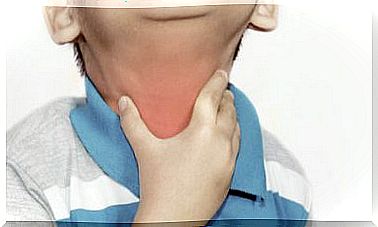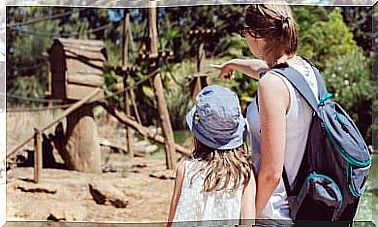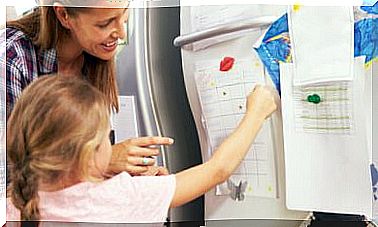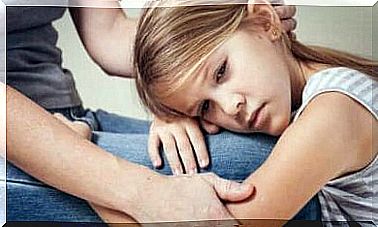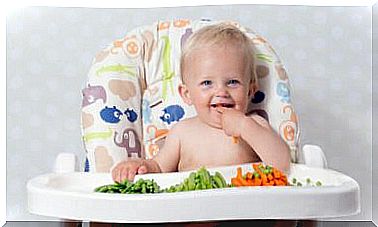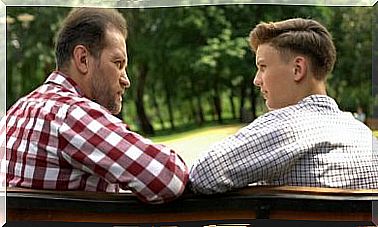Selfishness In Children

Many children become princes and princesses of their homes. But things get complicated when they have difficulty sharing with their siblings, or if they don’t have siblings, with other children at school or in the park.
Selfish children think that their wants and needs are more important than other people’s. Thus, in the next stages of life, they tend to have socialization problems because they don’t know how to relate gently.
By following the five steps below, you can help selfish children gradually overcome this condition and stabilize selfishness at a healthy and manageable level.
What are the types of selfishness?
The types of selfishness we’ll look at next apply to children and adults. Discover the characteristics that distinguish each type of selfishness:
- Type 1: They are people who are characterized by aggressiveness, ability to manipulate and desire to be in control. Furthermore, this type of person gives more importance to himself and tends to pass over others. They don’t feel guilty about their actions and tend to blame others.
- Type 2: Characterized by taking a defensive attitude, presenting high levels of anxiety and exaggeration in relation to negative feelings. They make themselves victims and have difficulties in managing their affective relationships.
- Type 3: As opposed to the previous type, these people tend to exaggerate their strengths and omit their weaknesses. They are very sociable, but they succeed at the expense of their selfishness.
- Type 4: It is the most common type in children. They have a very strong need to control others and can appear at any age. If it continues into adolescence, it can turn into one of the variations already mentioned.
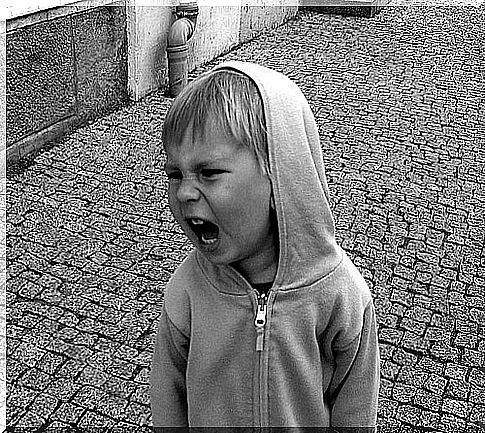
5 steps to “cure” selfishness
- First, it is necessary to censor selfish behavior and not give in to or condone this type of behavior. It is not an easy task, especially if you are a child who has always had what he wanted. It is necessary to be persistent if you want to see any change, and make it clear to the child what attitudes are allowed and expected of him.
- Encourage the development of empathy. With this virtue, the child will be able to put himself in the other’s shoes and somehow share his feelings. Make her feel motivated to help others and understand people’s emotions and reactions in certain situations. Ask how she would feel if… and apply it to real cases.
- One reason children become selfish is that they are used to getting everything they want and acting without consequences. Set clear boundaries and make those boundaries valid with everyone around you, whether in the family or at school. Thus, the child will realize that they must follow a single and clear protocol.
- Encourage when the child performs an action of “selfishness”. When she is considerate with siblings, parents or peers, emphasize positive behavior to impact her way of acting. Certainly, positive behavior will become much more frequent and the child will do it spontaneously.
- Reinforce positive attitudes so that, little by little, the child becomes a detached and caring person. Help your children to see all the positive consequences that result from a good deed, whether for him or for the recipient.

Quick action guide to avoid selfishness:
- Be a model of generosity and detachment.
- Correct selfish behaviors.
- Delegate tasks proportionately.
- Show the damage that selfishness can cause in relationships.
- Motivate children to treat others with respect.
- Involve children in social projects that help others.
- Openly express feelings of gratitude to people.
- Provide spaces where children can share and cooperate with people.
- Encourage participation in a sport that promotes teamwork.
- Thanking and giving value to the daily actions performed in the family.
